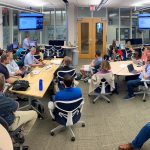
The NOAA Hazardous Weather Testbed provides a conceptual framework and a physical space to foster collaboration between research and operations to test, perfect and evaluate emerging technologies and science for NWS operations.

The NOAA Hazardous Weather Testbed provides a conceptual framework and a physical space to foster collaboration between research and operations to test, perfect and evaluate emerging technologies and science for NWS operations.

A severe weather system rolled through central Oklahoma on April 19, 2023, producing supercell thunderstorms that yielded at least 18 tornadoes. From observations, to modeling to post-storm damage assessment, NSSL researchers gathered comprehensive data and put their cutting edge research to the test on storms in their own backyard.
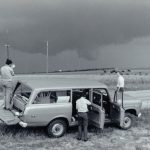
Fifty years ago, on May 24, 1973, a violent F-4 tornado tore through the central Oklahoma town of Union City, killing two people and injuring at least four more. While the human impact of the storm was devastating, the Union City tornado was also historic as it marked the first time researchers were able to use radar to observe the entire lifecycle of a tornado.
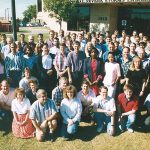
Twenty-five years ago today, NSSL joined the information superhighway with the creation of the lab’s first website in November 1994.
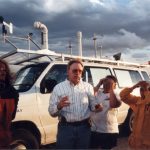
We are saddened to announce the death of one of the NOAA National Severe Storms Laboratory’s renowned scientists who made significant and revolutionary contributions to thunderstorm science. David “Dave” Rust, NSSL scientist emeritus, passed away…
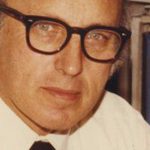
We are sad to announce the National Severe Storms Laboratory’s first director, Dr. Edwin Kessler, passed away recently. Under his leadership, NSSL scientists conducted Doppler radar research that led to the NEXRAD, deployed in the 1990s and still in use today.
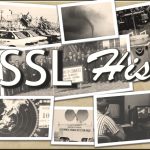
NSSL’s highlighted accomplishments in recent years,

Highlights from NSSL’s history between 2000 and 2010.

Highlights from NSSL’s history between 1980 and 2000.
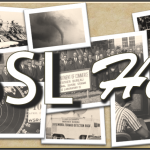
NOAA’s National Severe Storms Laboratory is celebrating 51 years of history. Take a look back at some of the milestones in our first two decades.